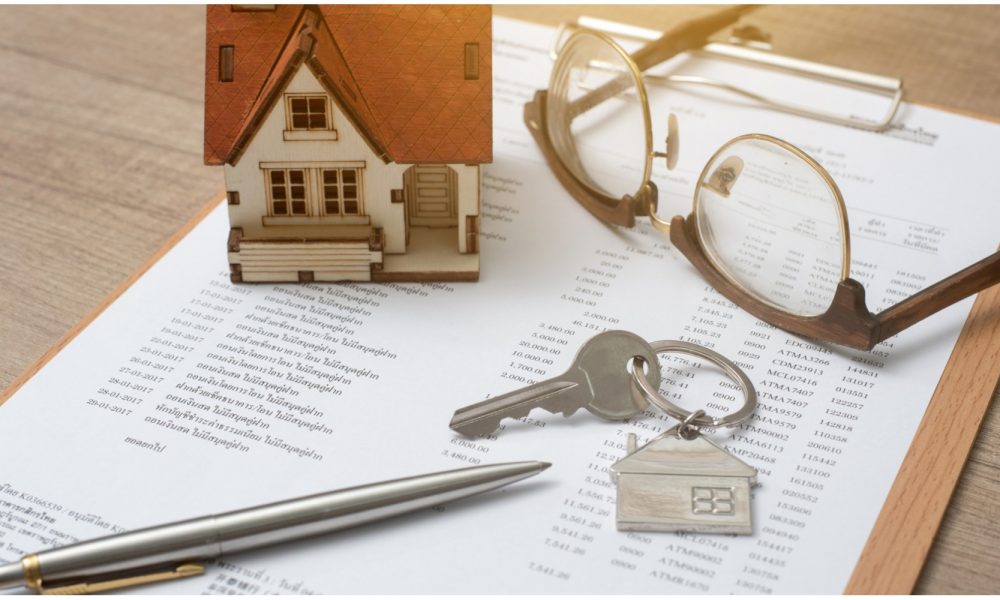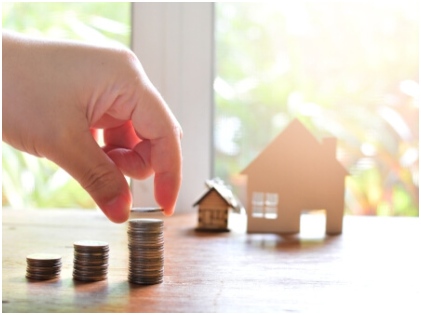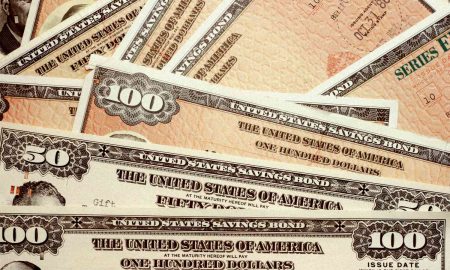
How Does Private Mortgage Insurance Work?

Private Mortgage Insurance or PMI has a major role to play when you purchase a home. It is important for you to understand how it works, its effects on your property ownership, and so on, while you avail of a traditional home loan. When you are out to buy a home, you generally make a down payment of around 20%. Yes, it is possible to choose a lower down payment, but the cost of the property increases as the lender will ask the buyer to shell out a PMI. Read on to know more about PMI, it’s effects on home load, and tips on how you could avoid paying through your nose for it.
What is PMI?
 PMI or Private Mortgage Insurance is a type of insurance that a buyer, paying a down payment of lower than 20%, has to pay to the lenders or the banks. Buyers might also have to shell out a PMI if the percentage of equity in the property is less than 20% at the time of refinancing.
PMI or Private Mortgage Insurance is a type of insurance that a buyer, paying a down payment of lower than 20%, has to pay to the lenders or the banks. Buyers might also have to shell out a PMI if the percentage of equity in the property is less than 20% at the time of refinancing.
This insurance acts as a shield for the lender if the owner of a property fails to or is unable to pay the mortgage. The PMI is an additional charge that you pay other than your monthly interest and principal and the payment ends on a date that has been determined previously by the lender.
How Much Do You Need To Pay For PMI?
Your PMI might be anything around 0.41% and 2.25% with the LTV or loan-to-value ratio, DTI or debt-to-income ratio, as well as the credit score determining the amount you pay. The common practice is for the buyer to pay it every month, or do a one-time bulk payment, however, at times the lender might demand a combination of both. Read the terms of PMI and discuss it with your lender before you sign the dotted line.
For instance, if you wish to lay your hands on a home that’s valued at $300,000, but can make a down payment of 10%, the bank would automatically ask you to pay a PMI. In case you receive 1% private mortgage insurance, you would need to shell out an additional amount of $225 every month for PMI.
How Can You Avoid Paying PMI?
 PMI does not benefit the homeowner, as it is no longer tax-deductible. So, there is no point in paying this extra money. So, here are a few ways to avoid PMI.
PMI does not benefit the homeowner, as it is no longer tax-deductible. So, there is no point in paying this extra money. So, here are a few ways to avoid PMI.
- Pay the traditional 20% down payment while buying a property.
- Do not refinance the property for more than 79% of its current value.
- Consider getting a VA (Veteran Affairs) or USDA (United States Agricultural Loan), which does not ask for a PMI. Homeowners don’t need to pay PMI for FHA loans.
Know The Costs For Stratetegic Repayment Of Your Loan
 When it comes to mortgage insurance premiums, there are two popular approaches to the loan. You could ask for downpayment assistance to meet the 20% traditional down payment cut off. Several programs are designed to help you with that, but they have tough eligibility criteria making it difficult to make the cut. Also, there is a possibility that the repayment of this loan burning a hole in your pocket.
When it comes to mortgage insurance premiums, there are two popular approaches to the loan. You could ask for downpayment assistance to meet the 20% traditional down payment cut off. Several programs are designed to help you with that, but they have tough eligibility criteria making it difficult to make the cut. Also, there is a possibility that the repayment of this loan burning a hole in your pocket.
Therefore, it is mandatory to draw a comparison between the costs and decide if taking this loan would work in your favor in the long run or not. The smartest way is to avoid PMI is to keep paying out the mortgage consistently. However, to pay out the mortgage faster, you need to shell out an additional amount every month than you had planned to initially. But remember, this will lower the interest you pay every month while increasing the equity of your property.
People intending to buy homes need to be aware of the changes that the market is going through. An appreciation in the property’s value can help the buyer have a formal appraisal done by the lender. In case you possess equity of around 20%, the lender might as well cancel out the PMI. You should feel free to check out the terms of the lender by visiting them or going through the mortgage documents before you make a home buying decision. After all, it is a long-term investment and a dream for many, and you don’t want to regret it.
More in Loans & Mortgages
-
`
Why 50-Year-Olds Are Looking for a Career Change
In today’s fast-paced and ever-evolving job market, it’s not uncommon to see individuals in their 50s embarking on new career paths....
November 20, 2023 -
`
Why Mortgage Demand Is Crashing as Interest Rates Skyrocket
Imagine having a favorite local ice cream shop that suddenly jacked up its prices by 50%. You would probably think twice...
November 18, 2023 -
`
Santo Spirits | Sammy Hagar and Guy Fieri’s Joint Venture
In the world of entrepreneurial partnerships, some unions are destined for greatness. The unexpected alliance between Sammy Hagar, the iconic Van...
November 12, 2023 -
`
Branded Content: A Genuine Way to Connect With Your Audience
Have you ever binge-watched a series on Netflix, only to later realize that the beverage everyone’s sipping on is that brand...
November 3, 2023 -
`
Southwest Airlines Tackles Passenger and Labor Challenges
Southwest Airlines, a prominent player in the aviation industry, has found itself at a crossroads, facing a combination of passenger dissatisfaction...
October 28, 2023 -
`
Everything You Need to Know About Blended Interest Rates
Hou ever blended a smoothie and thought, “How on Earth do my strawberries, spinach, and protein powder come together to taste...
October 17, 2023 -
`
The Osbournes ‘Relaunch’ Podcast After 5 Year Break
If you were glued to your TV in the early 2000s, there is no way you missed the hilarious, raucous, and...
October 10, 2023 -
`
Tesla in China: Back-to-Back Price Drops, But No Sales Jump?
As temperatures soared in the summer of 2023, Tesla seemed to be heating things up in the Chinese market too. A...
October 6, 2023 -
`
Navigating Red Flags in the Workplace
In the journey of our careers, it’s not uncommon to encounter red flags in our jobs that signal potential issues or...
September 30, 2023















You must be logged in to post a comment Login